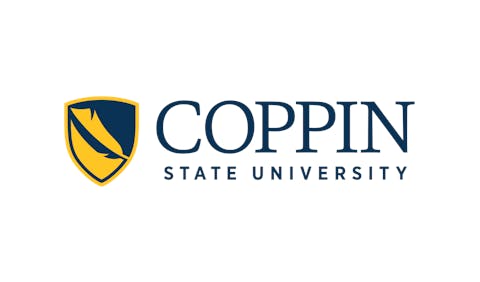There is an absurdly low number of African-American and Latino faculty and students at my college, a situation that exists at thousands of colleges across the nation in overwhelming White, rural or semirural communities.
That is not necessarily a problem, as it would be statistically impossible for African-American and Latino students to substantially diversify all of these schools. The crucial problem is what seems to be the widespread justification among my colleagues for these low figures.
The reason: Latinos and Blacks do not want to come.
When I first heard this reason, I did not think much of it. Neither did I the second, or third time. Yet, as one of the few African-American professors, many of my peers choose to discuss diversity with me and this idea about non-Whites not wanting to come continued to come up. Still, I did not give the reason serious thought until a colleague whom I respect asked me whether that was the primary reason for the lack of diversity. I knew if someone as knowledgeable as him on racial issues considered this, then many people likely were rationalizing the low figures with this idea.
And why wouldn’t they?
It appears that we are moving past the age of affirmative action and its concomitant primary justification — there are not enough qualified students. This new excuse is the perfect 21st century diversionary liberal justification for the lack of diversity at a college.
As I thought more about it, I realized hundreds of colleges probably use or will begin to use it to defend their official concern for diversity despite their low figures. In our sociopolitical environment, it is not correct to say you do not want them there. College officials can’t say they do not have the recruiting networks for students or the support for African-American and Latino faculty. They do not want to say the colleges do not have, nor are they willing to erect, the programs and environment necessary for their success.
Instead, this reason indirectly posits that these colleges are recruiting these students and have the environment in place that will nurture their progress, but the students just will not come. They have the furniture so African-Americans and Latinos would feel comfortable, their doors are open, their inhabitants are scouring for these students, but they just will not come. It is a sophisticated and pleasant way of placing the blame of the lack of diversity at schools on people who are not there — the prospective African-American and Latino students.
Now, some African-American and Latino students refuse to go to a college in an overwhelming White, semirural, small town in Upstate New York and other similar places across the country. But that is not the primary reason some colleges in these areas are not diverse. It is more likely the result of them burning precious bridges of recruitment — their few African-American and Latino students, some of whom do not have delightful experiences and consequently tell their peers not to come. It is more likely the result of the colleges not dedicating resources to diversifying their campuses based on this belief that if we build it — the recruiting networks, campus programs and studies — they will not come.
When we build comfortable and enriching spaces, even if they are in unfamiliar locations, they will come. We have to believe.
Dr. Ibram H. Rogers is an assistant professor of African-American history at SUNY College at Oneonta.















